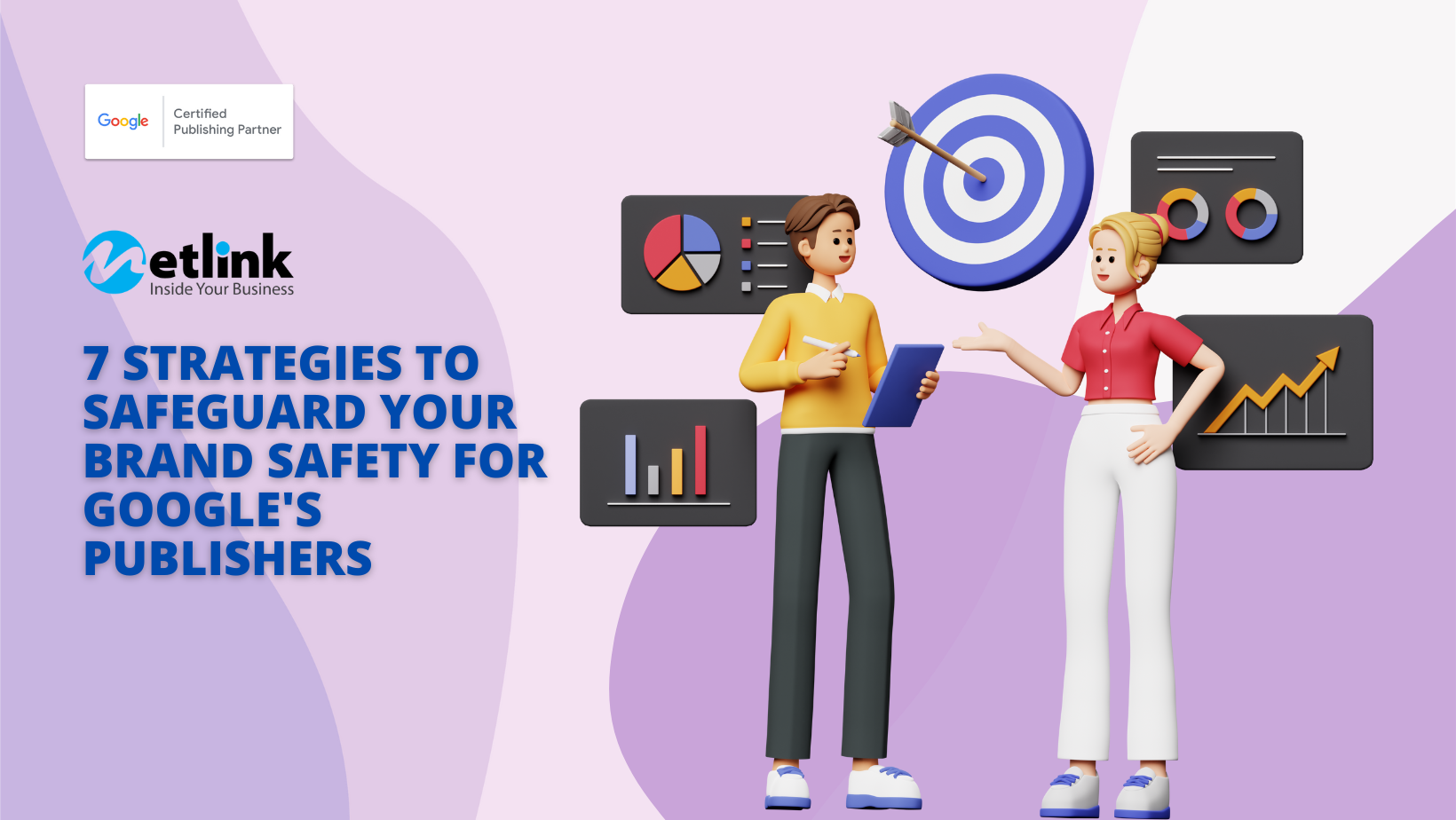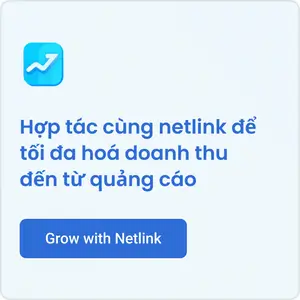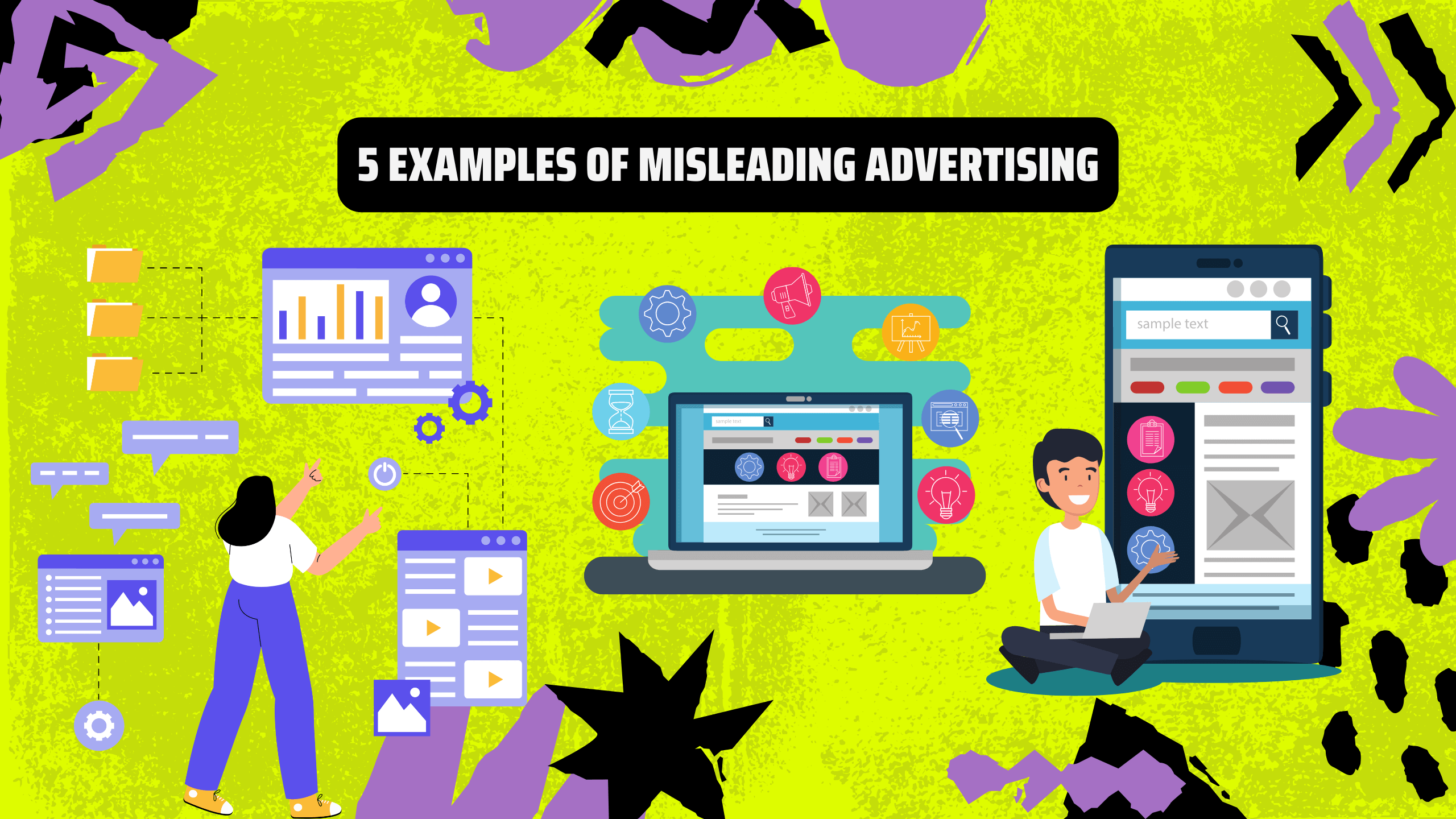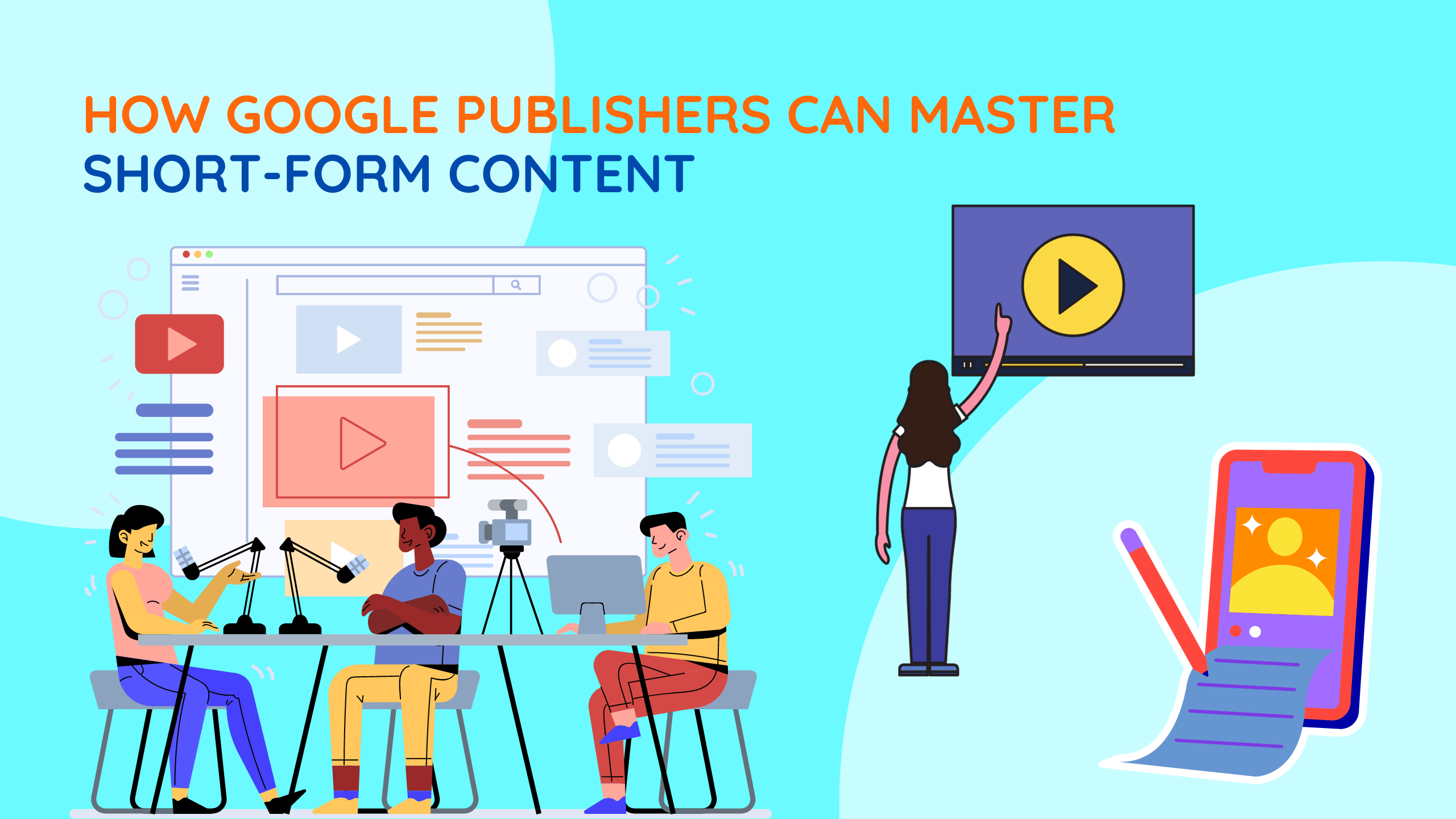In today’s intricate digital advertising landscape, where online reputation and user trust reign supreme, preserving brand safety is paramount. Especially for publishers harnessing the expansive reach of Google’s platform, mastering brand safety is a requisite for maintaining credibility, user confidence, and revenue maximization. This guide is tailored to Google’s publishers, outlining seven strategic approaches to bolster brand safety efforts and navigate the dynamic digital sphere effectively.
1. Implement Robust Content Monitoring:
Brand safety’s foundation lies in vigilant content monitoring. Utilize Google’s advanced tools to filter out inappropriate content that could compromise your brand. Regularly update your list of negative keywords to prevent ads from displaying in contexts that don’t align with your values.
.png)
2. Leverage Contextual Targeting:
Harness Google’s contextual targeting capabilities to ensure your ads align with relevant and suitable content. This practice not only enhances user engagement but also safeguards your brand from association with irrelevant or inappropriate material.
3. Cultivate Ad Verification Partnerships:
Collaborate with Google’s ad verification providers to fortify brand safety. These partnerships ensure your ads meet stringent quality standards and industry best practices. Leveraging Google’s trusted verification partners safeguard your brand’s reputation.
4. Embrace Advanced AI and Machine Learning:
Tap into Google’s cutting-edge AI and machine learning to elevate brand safety measures. Swift identification of potential risks and prompt corrective actions minimize exposure to harmful content or fraudulent activities.
 (1).png)
5. Optimize Ad Placement and Formats:
Strategically select ad placements and formats that mirror your brand’s values. Google offers diverse formats and placements catering to distinct audience segments. This allows optimal user engagement without compromising brand safety.
6. Conduct Regular Audits and Quality Control:
Routine audits of your ad inventory ensure adherence to brand safety criteria. Google’s comprehensive reporting tools provide insights into ad performance, placement, and audience engagement. Regularly reviewing these reports helps tackle discrepancies promptly.
.png)
7. Foster Transparent Communication with Advertisers:
Effective communication with advertisers is vital. Establish clear content expectations and brand safety measures. Open channels of communication enable swift responses to concerns or requests, promoting a collaborative approach to brand safety.
Conclusion:
In the realm of digital advertising, brand safety remains a bedrock of triumph. By leveraging Google’s tools and technologies, publishers can shield their brand’s reputation, foster user trust, and foster sustainable revenue growth. These seven strategies are tailor-made for Google’s publishers, equipping them to fortify brand safety endeavours, proactively uphold industry standards, and cultivate a secure and engaging digital landscape for users. Prioritizing brand safety translates not only to brand preservation but also to fostering a secure online environment for all stakeholders.











